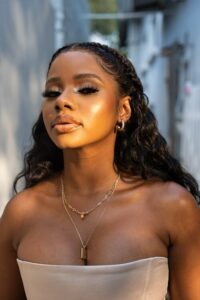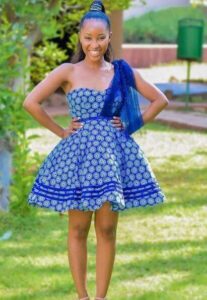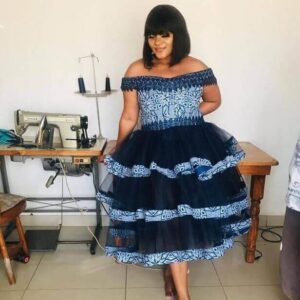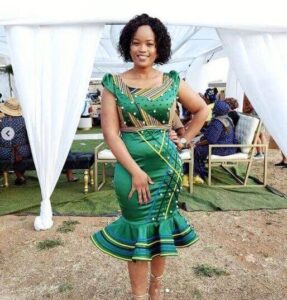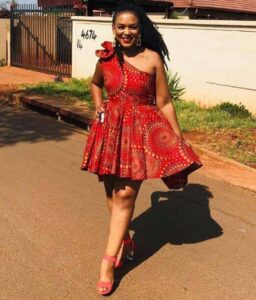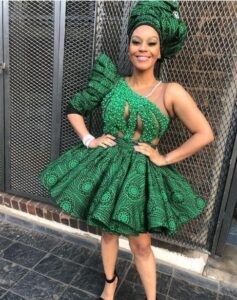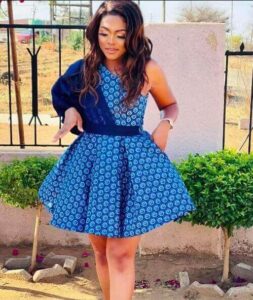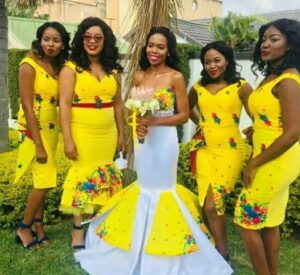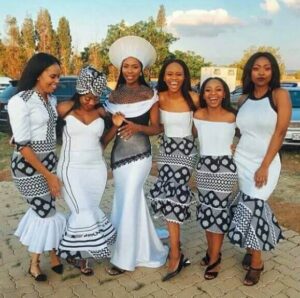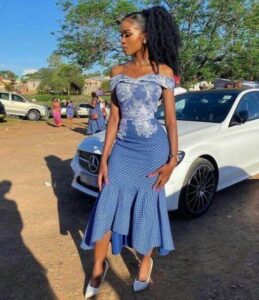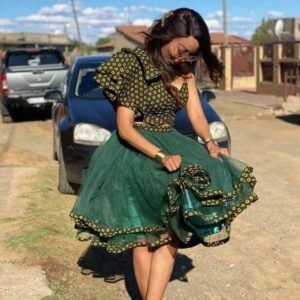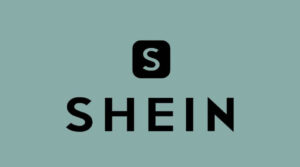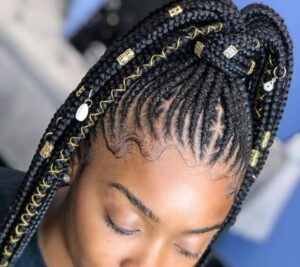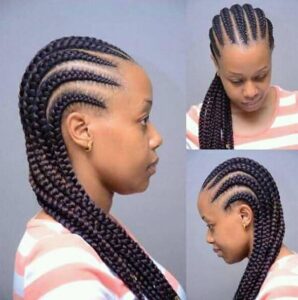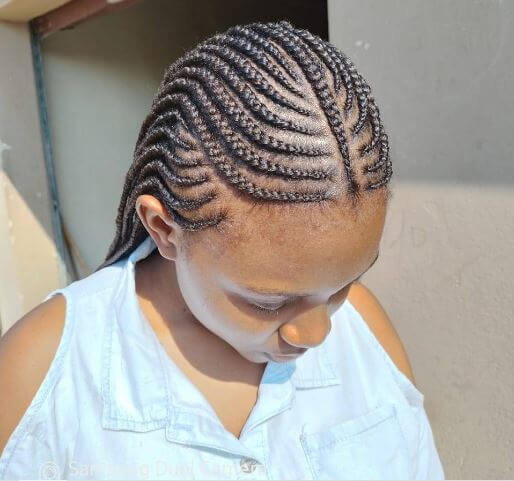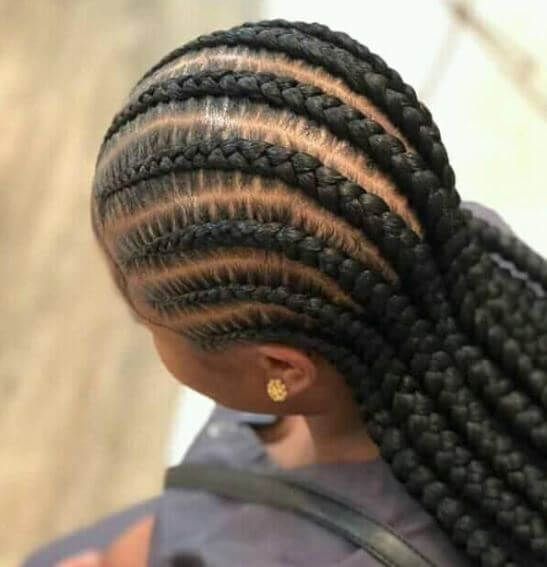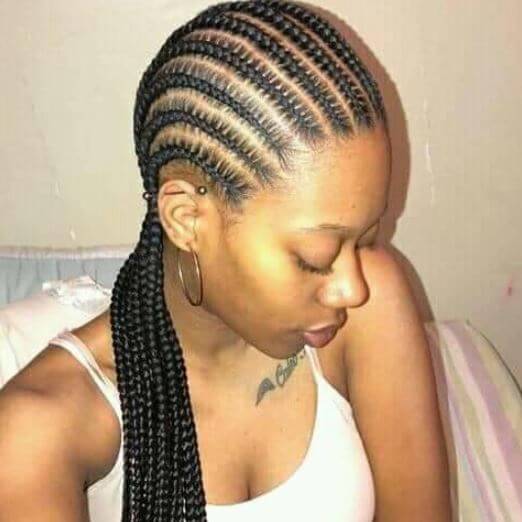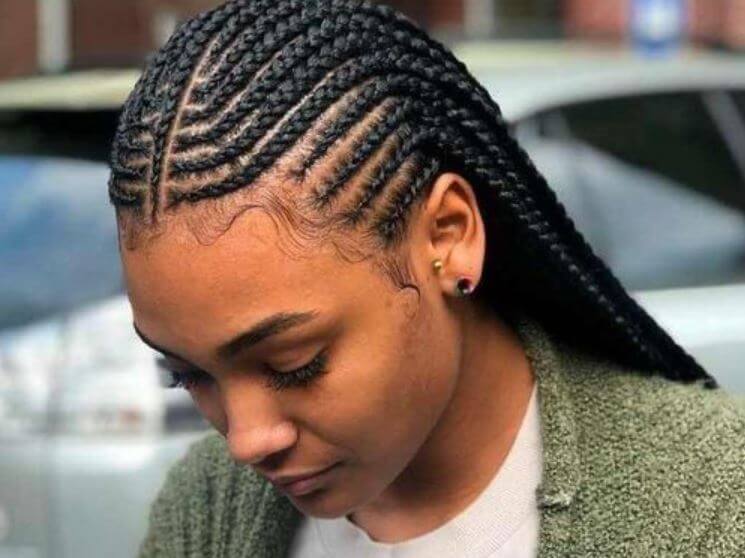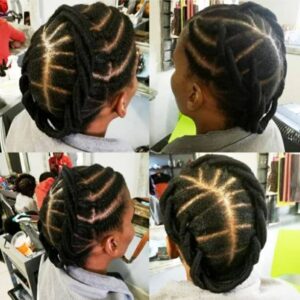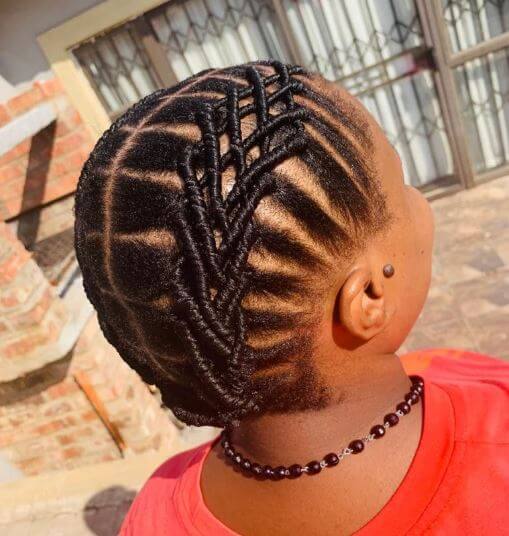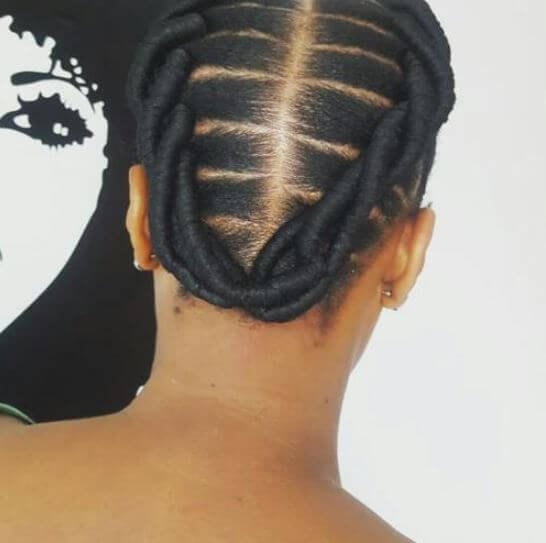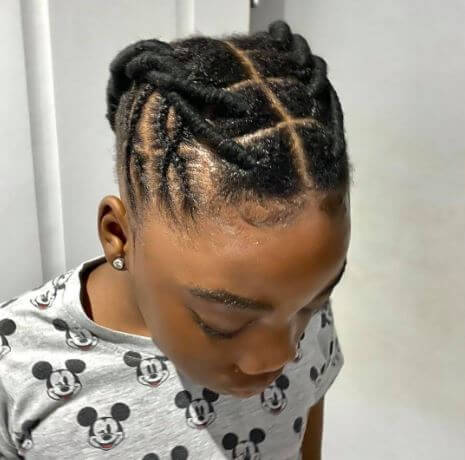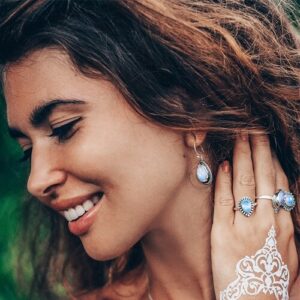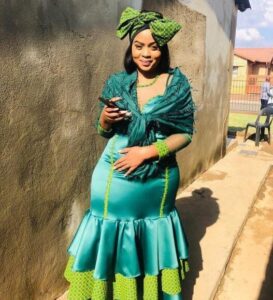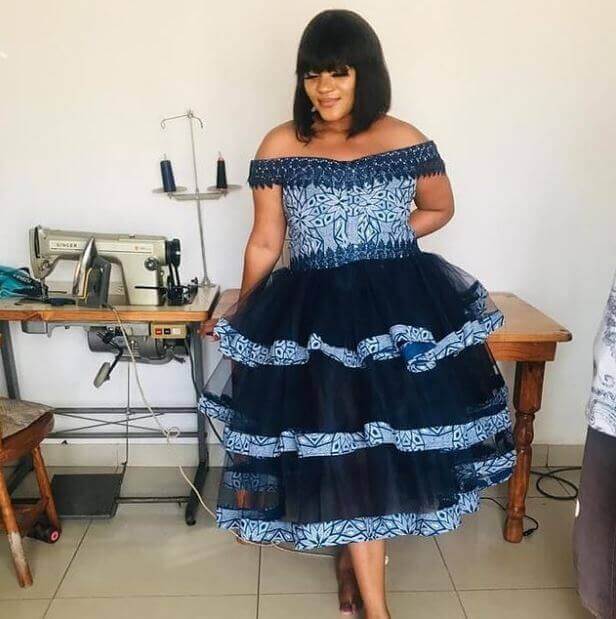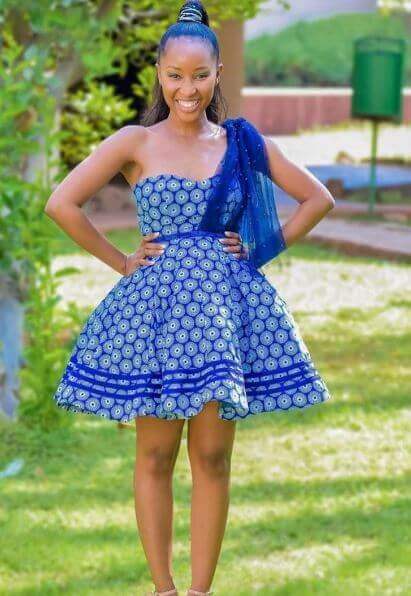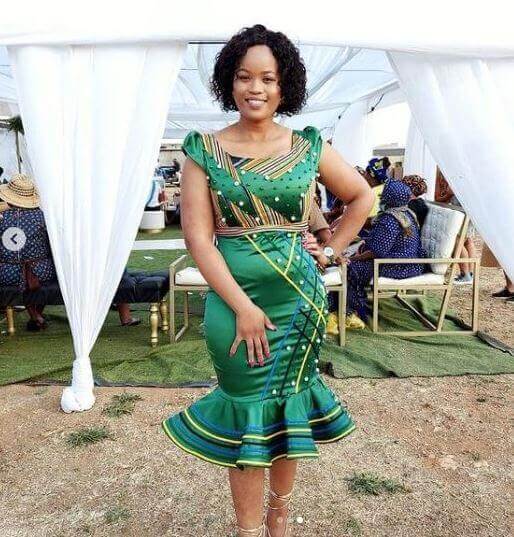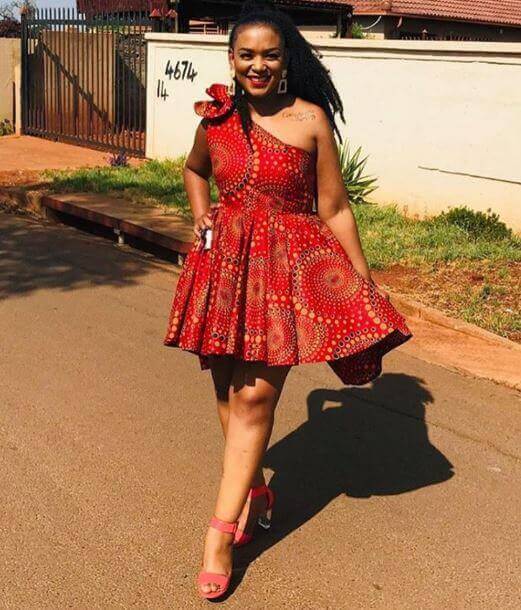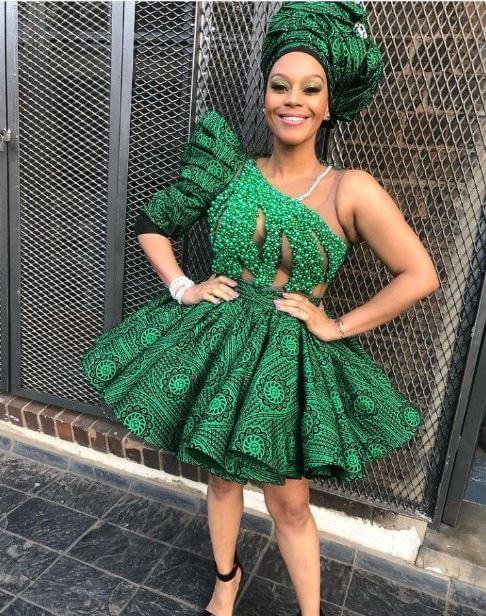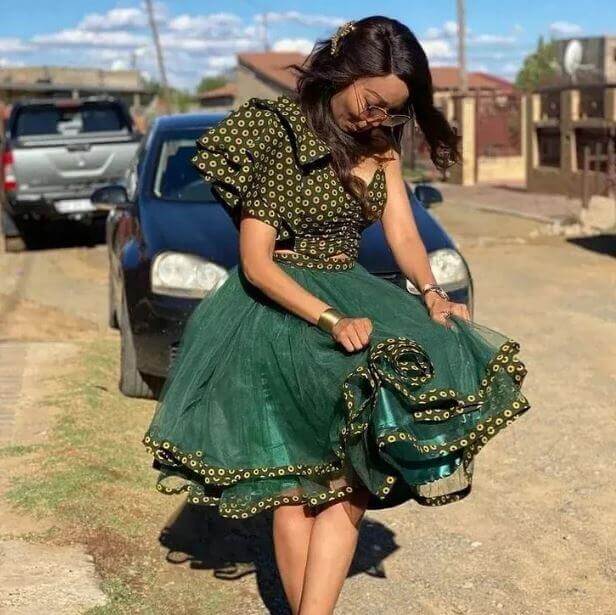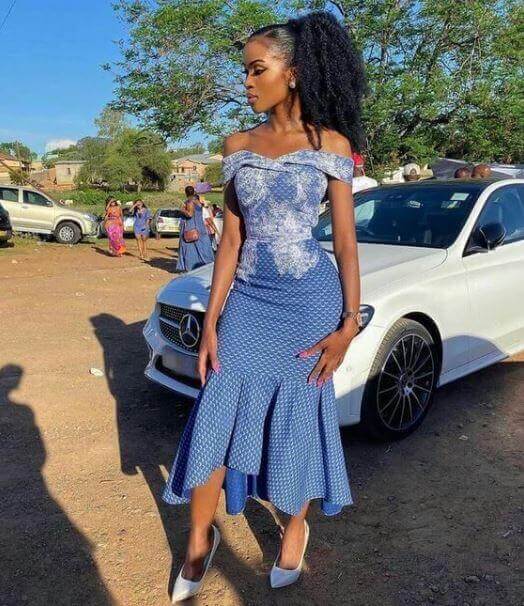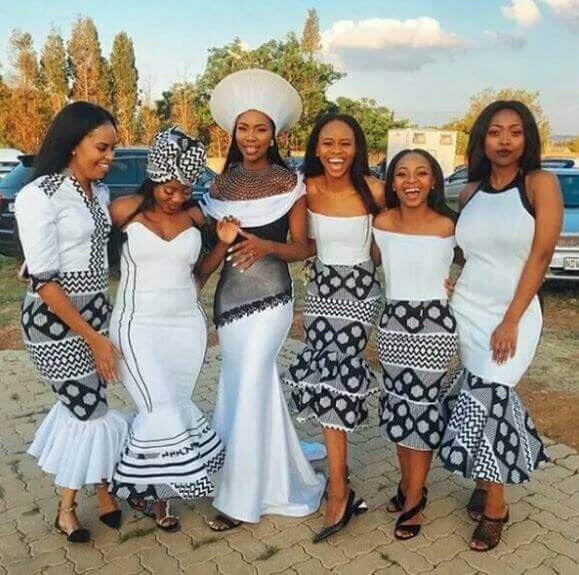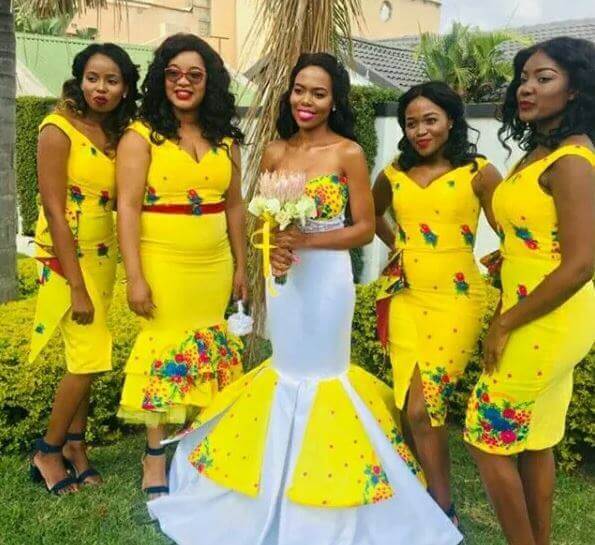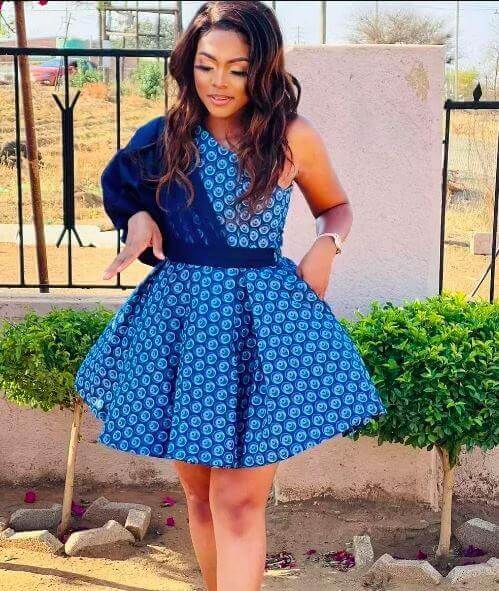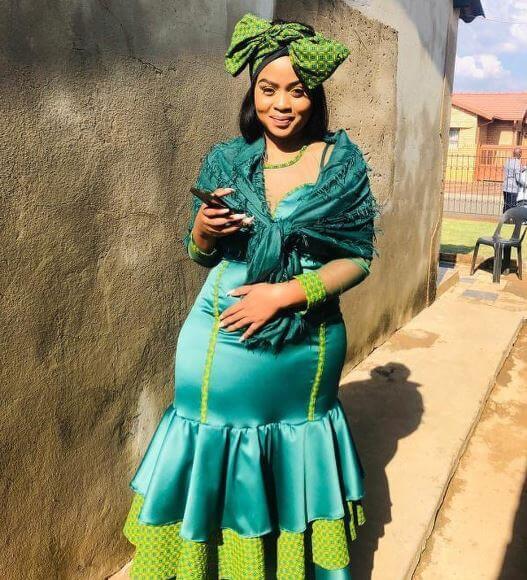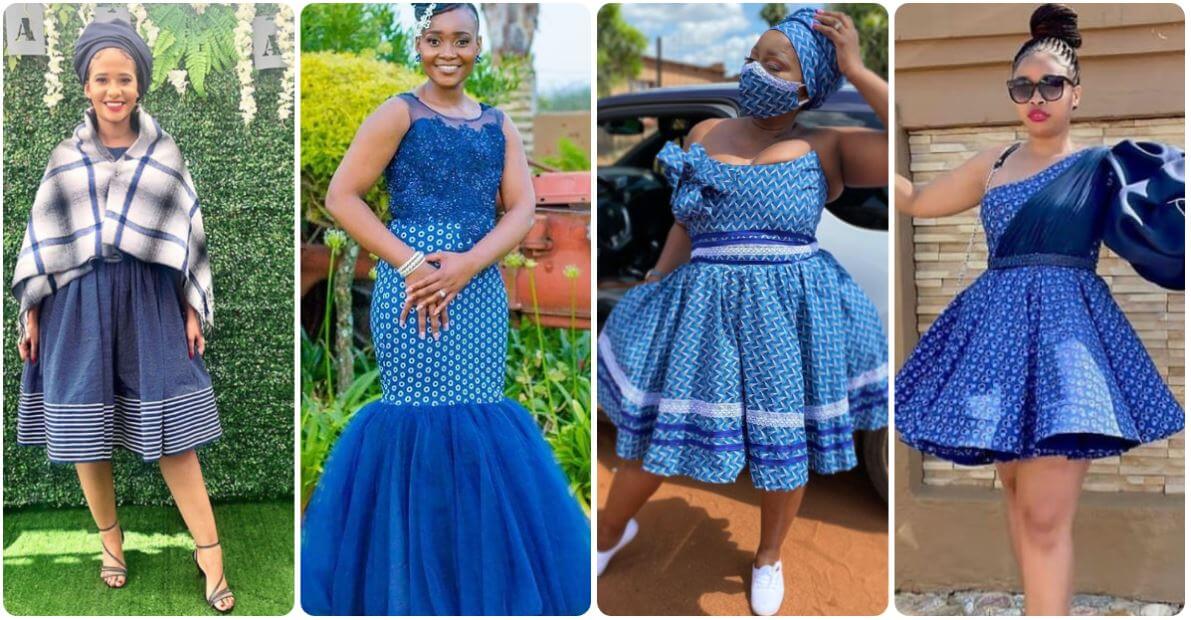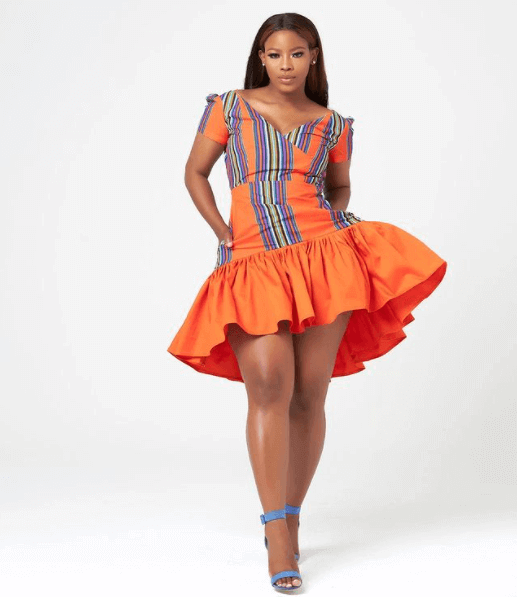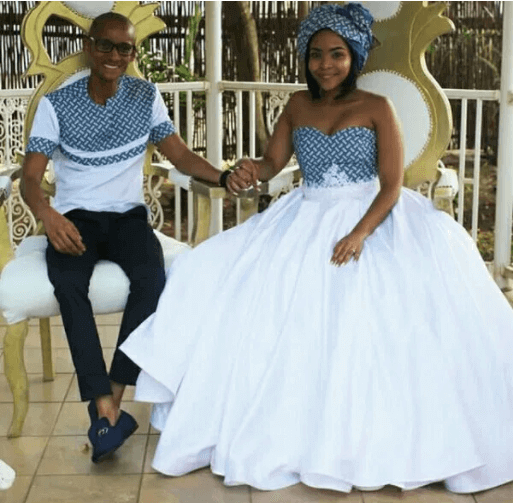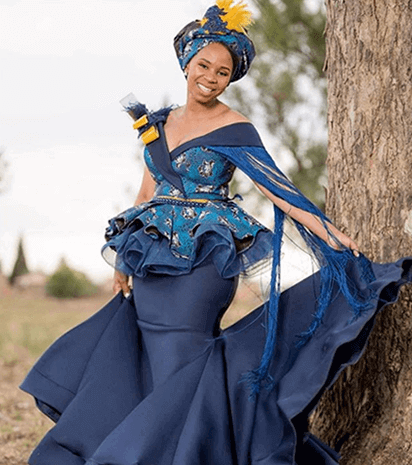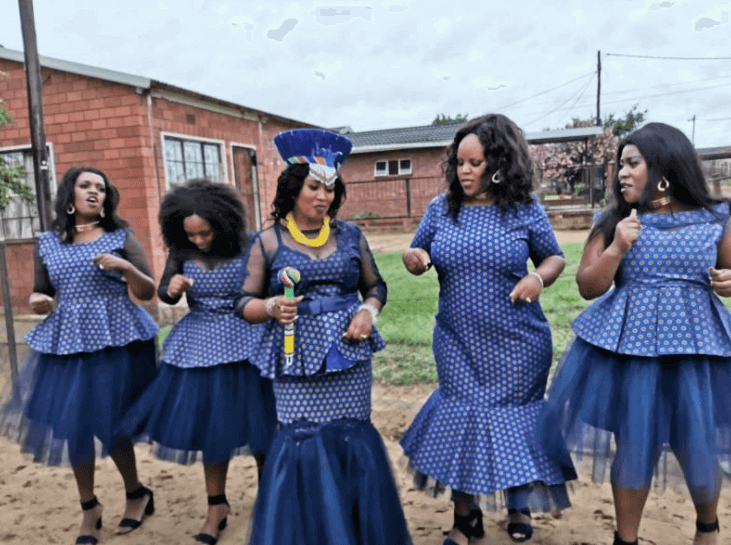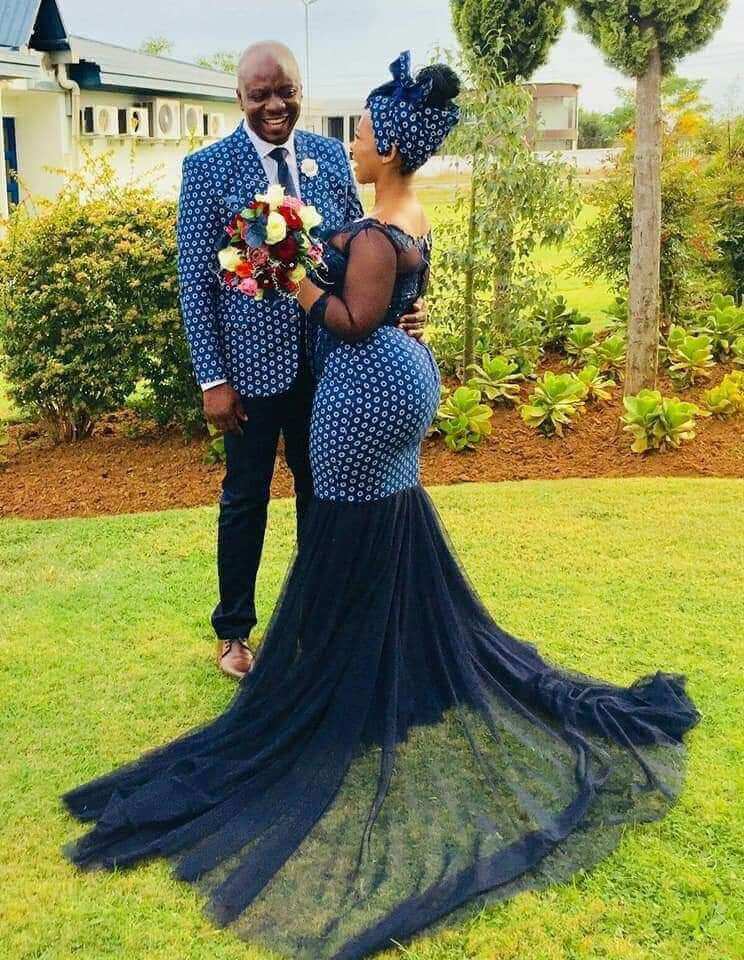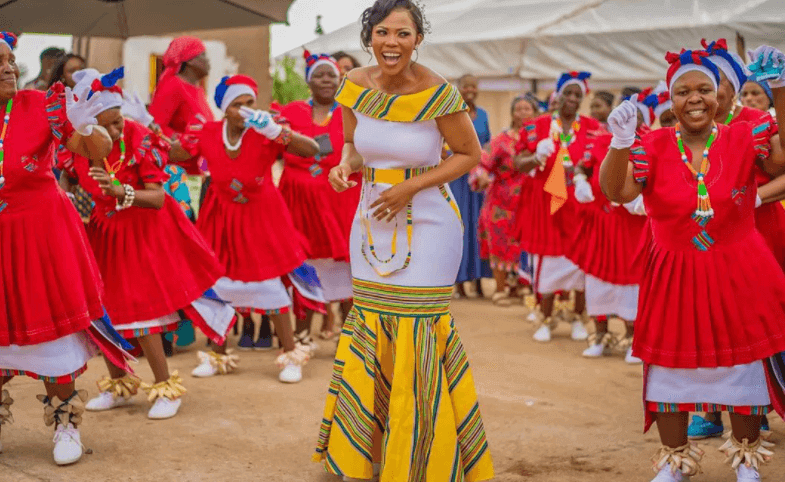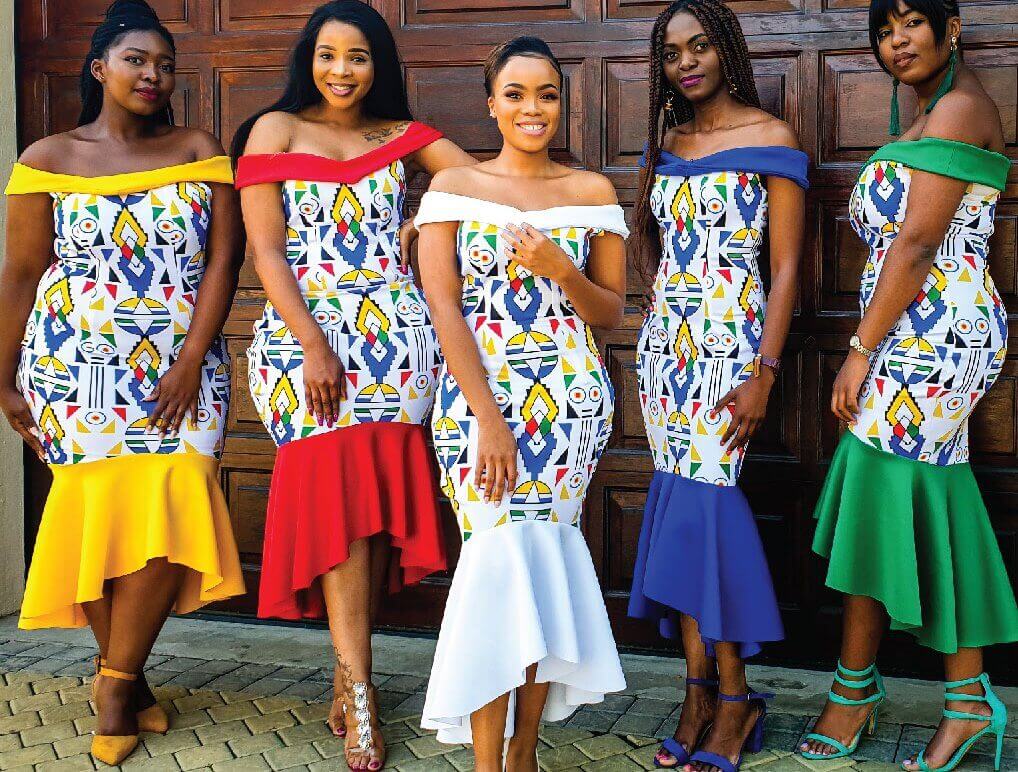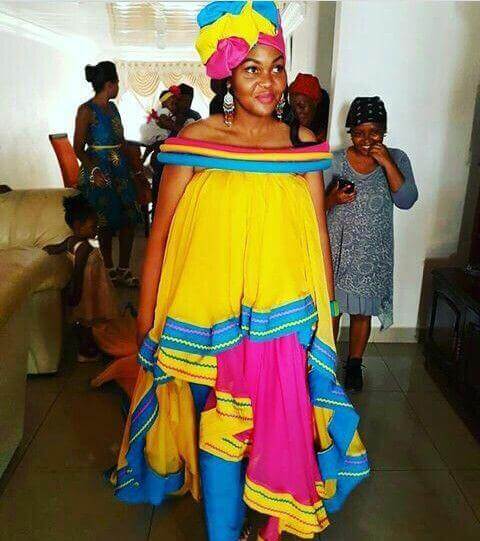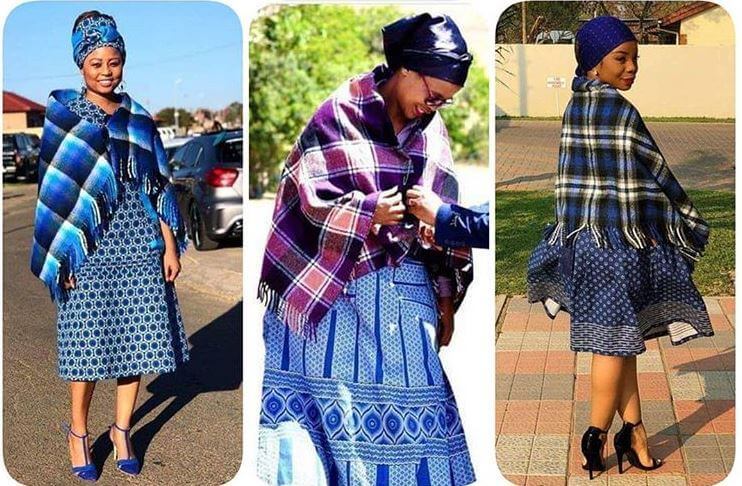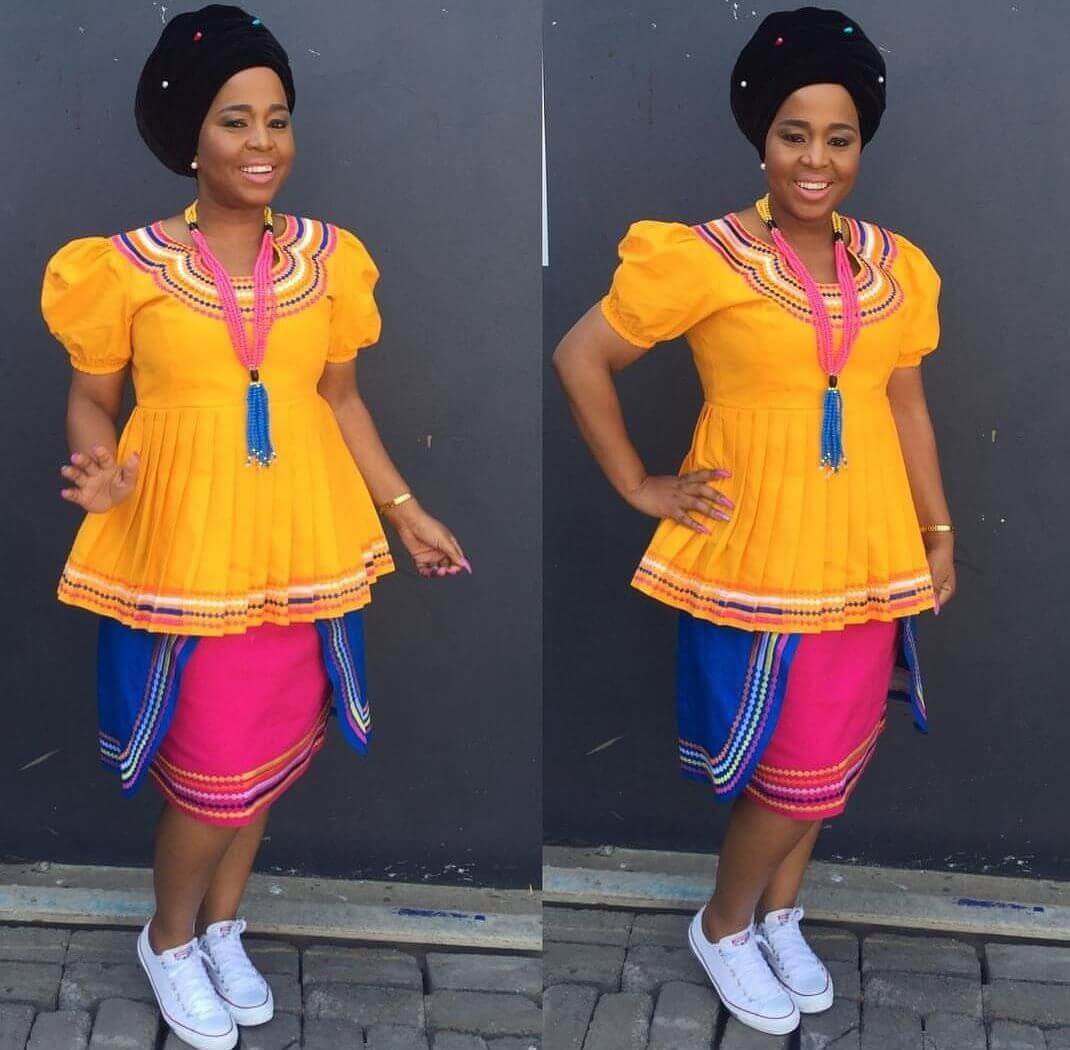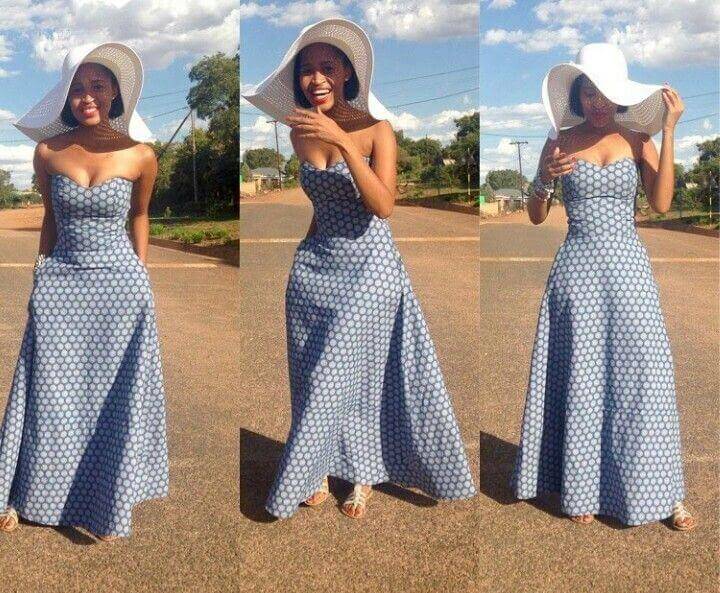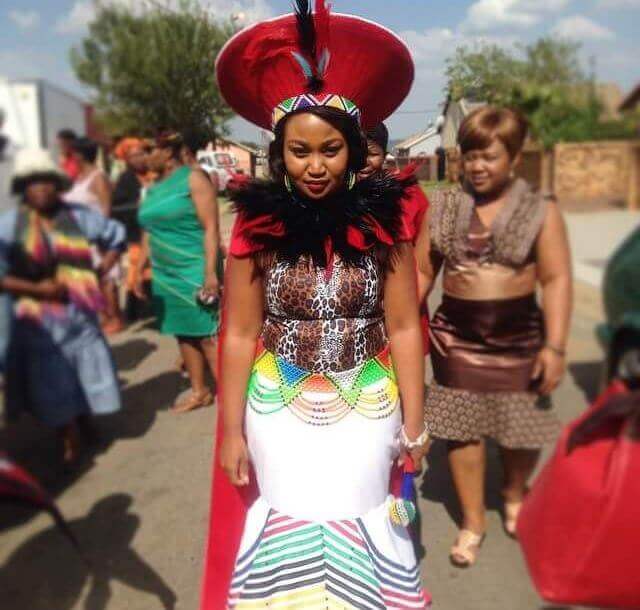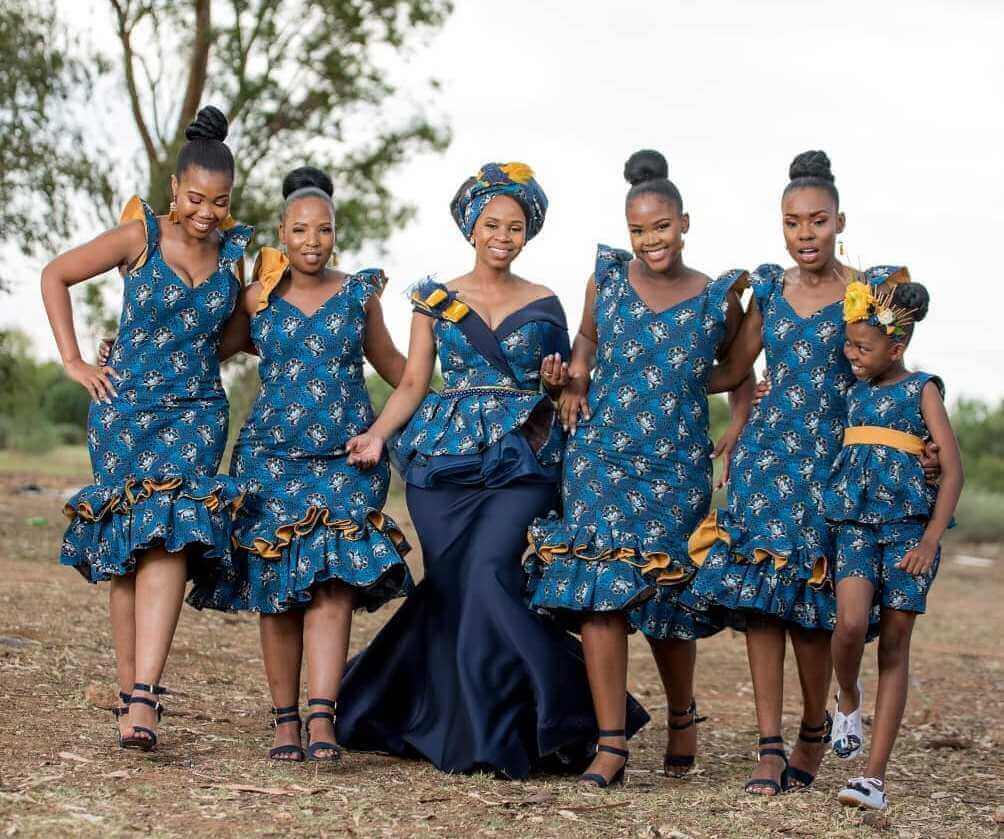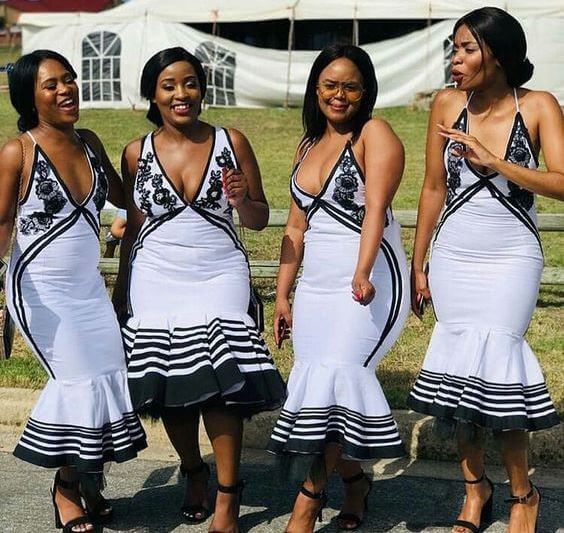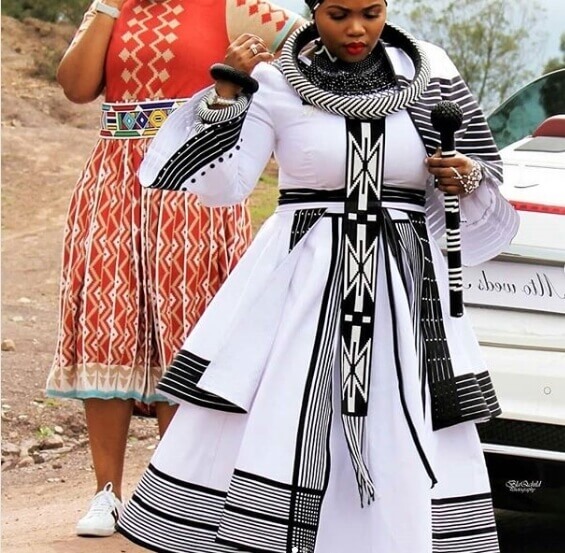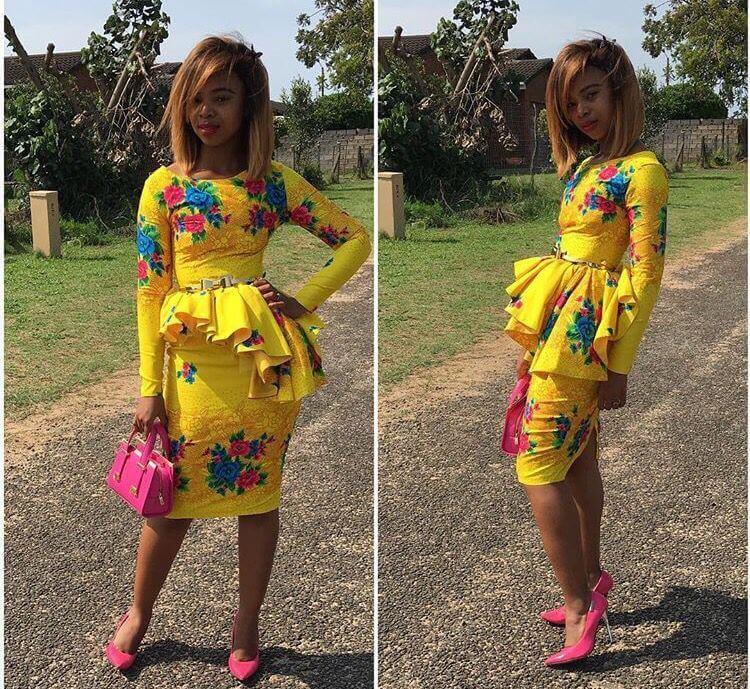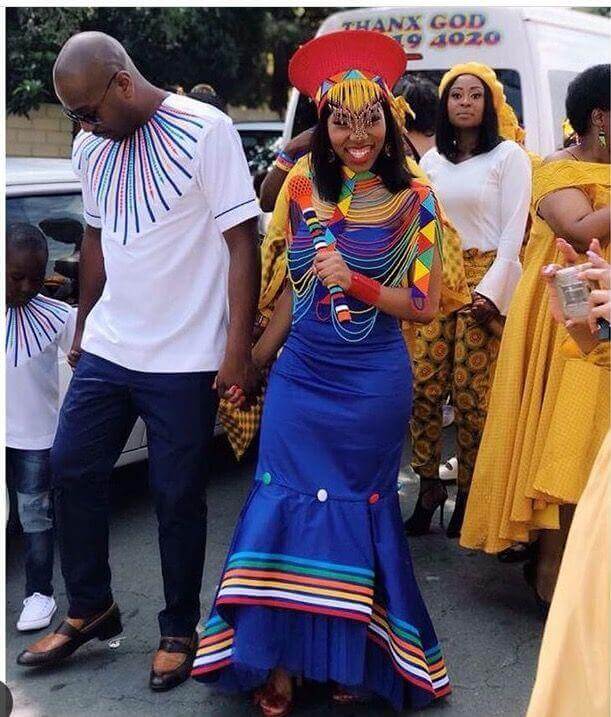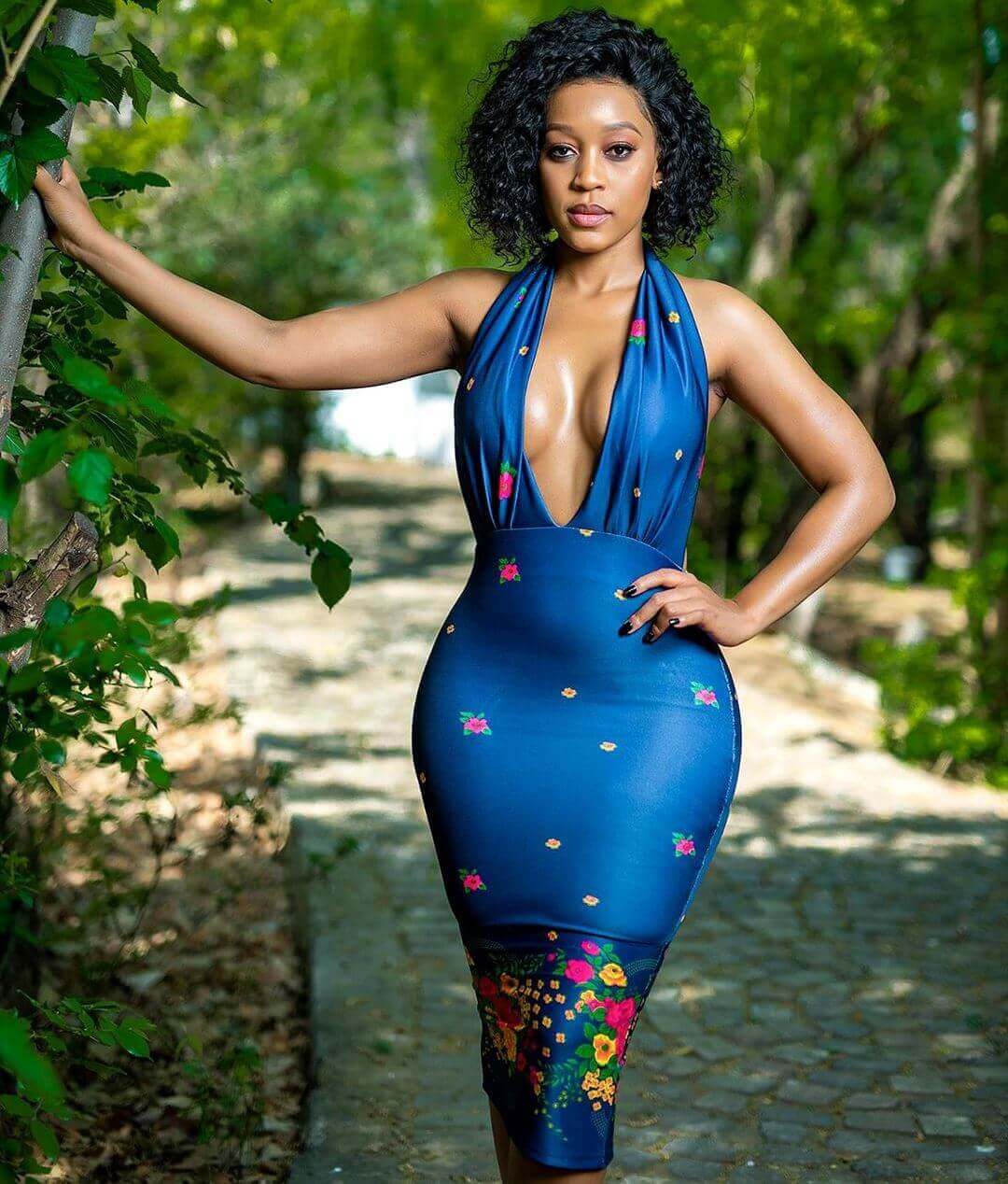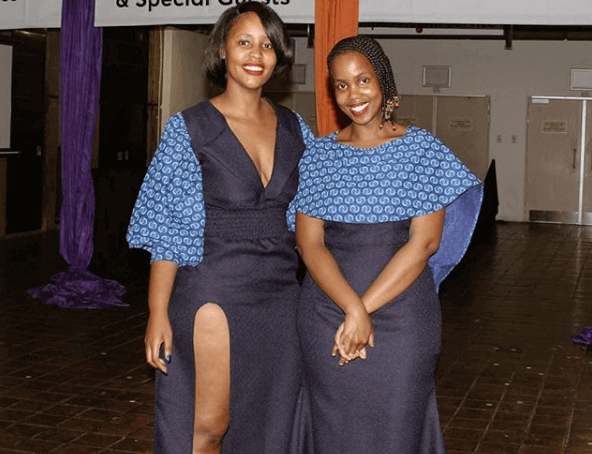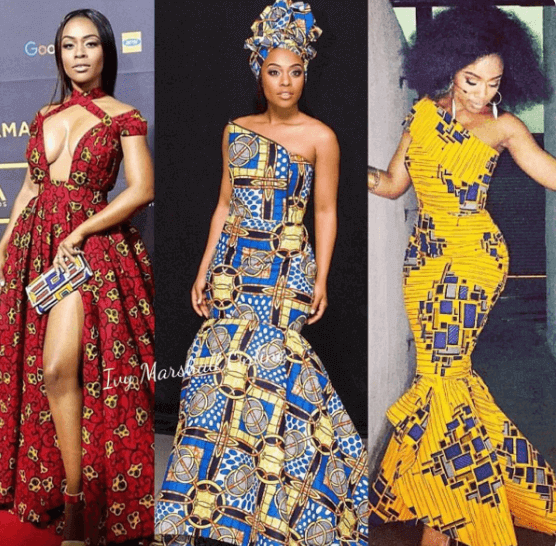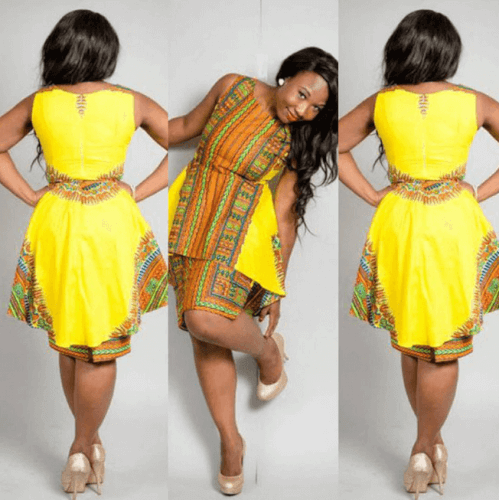Light In The Box, an online retailer with a global presence, has garnered attention among South African consumers for its wide range of products and competitive prices. However, when considering making a purchase, it is essential to gather insights from fellow shoppers to make informed decisions. By examining Light In The Box reviews in South Africa, we can gain valuable perspectives on product quality, delivery experiences, customer service, and overall satisfaction. Understanding the experiences of previous customers can help potential buyers assess the reliability and suitability of shopping with Light In The Box. With this information, South African consumers can make informed choices and navigate their online shopping journey with confidence.
ALSO READ: LightInTheBox South Africa, How to Shop From LightInTheBox?
Light In The Box Reviews in South Africa
Light in the Box is an online retail company that offers a wide range of products at competitive prices. While I can’t provide specific reviews for Light in the Box in South Africa, it’s always recommended to do thorough research and consider multiple sources before making a purchase from any online retailer.
When assessing reviews for Light in the Box, you can start by checking popular review platforms, consumer forums, or social media groups where customers might have shared their experiences. Look for both positive and negative reviews to gain a balanced perspective.
While reading reviews, pay attention to factors such as product quality, delivery time, customer service, and overall shopping experience. Keep in mind that individual experiences can vary, and it’s important to consider a range of opinions before making a judgment.
Additionally, consider checking if Light in the Box has specific policies or guarantees for customers in South Africa, such as return or refund policies, shipping options, and customer support channels. This information can provide insights into the company’s commitment to customer satisfaction.
Conducting thorough research, reading reviews from various sources, and considering your specific needs and preferences will help you make a more informed decision about shopping with Light in the Box in South Africa.
How Do I Find Light in the Box Reviews in South Africa?
To check reviews for a specific product, service, or company, you can follow these steps:
- Search Online: Start by conducting a search engine query using relevant keywords. For example, if you’re looking for reviews of Light in the Box, you can search for “Light in the Box reviews” or “customer experiences with Light in the Box.” This should yield a list of results that include review platforms, forums, social media discussions, and other sources.
- Review Platforms: Visit popular review platforms such as HelloPeter, Trustpilot, ConsumerAffairs, Sitejabber, or ResellerRatings. These websites aggregate customer reviews and ratings for various companies. Search for Light in the Box within these platforms and read through the reviews shared by customers.
- Social Media: Check social media platforms such as Facebook, Twitter, or Reddit. Look for relevant groups, pages, or discussions related to Light in the Box. Customers often share their experiences and opinions on these platforms, which can provide valuable insights.
- Online Forums: Visit online forums and communities that discuss consumer experiences, such as Reddit or dedicated forums like MyBroadband (for South Africa). Search for Light in the Box within these forums or start a new thread to ask for specific feedback.
- Company Website: Visit the official website of the company you’re interested in, such as Light in the Box. Look for customer reviews or testimonials that they may have featured on their website. However, keep in mind that these reviews might be curated and not fully representative of all customer experiences.
- Consider Multiple Sources: It’s important to consider reviews from multiple sources to get a well-rounded perspective. Look for patterns and common feedback among different reviewers.
Remember that reviews are subjective and individual experiences may vary. Pay attention to both positive and negative reviews to get a balanced understanding. Also, take into account the recency of the reviews, as the company’s performance and customer satisfaction can change over time.
By exploring different sources and considering a range of opinions, you can gather insights to help you make an informed decision.
FAQs
Is Light In The Box a legitimate online retailer?
Yes, Light In The Box is a legitimate online retailer that has been operating for several years. It is a global company that offers a wide range of products across various categories.
Are the prices offered by Light In The Box competitive?
Light In The Box is known for offering competitive prices on their products. They often provide discounts and deals that can make their prices more affordable compared to traditional brick-and-mortar stores.
How is the product quality from Light In The Box?
The product quality from Light In The Box can vary. Some customers have reported being satisfied with the quality of their purchases, while others have expressed concerns about the durability or accuracy of the products received. It is advisable to read customer reviews and product descriptions carefully before making a purchase.
What are the delivery times like for orders from Light In The Box in South Africa?
Delivery times can vary depending on the shipping method chosen and the destination within South Africa. Some customers have reported relatively fast delivery, while others have experienced longer waiting periods. It is recommended to check the estimated delivery times provided by Light In The Box during the checkout process.
How is the customer service of Light In The Box?
Customer experiences with Light In The Box’s customer service have been mixed. While some customers have reported prompt and helpful assistance, others have mentioned challenges in resolving issues or receiving timely responses. It is advisable to reach out to their customer service team directly for any inquiries or concerns.
Does Light In The Box offer returns and refunds?
Light In The Box has a return and refund policy in place. However, it is important to familiarize yourself with the specific terms and conditions of their policy, as it may vary depending on the product category or circumstances. Reading the return policy carefully before making a purchase is recommended.
Are there any customs or import fees associated with Light In The Box orders in South Africa?
Import fees or customs duties may apply to orders from Light In The Box, depending on the value and nature of the products being imported. It is advisable to check with the local customs authorities in South Africa or Light In The Box’s website for more information regarding potential fees or taxes.
Note: These FAQs are provided as general information based on common customer experiences. It is always recommended to conduct thorough research and read customer reviews specific to your desired products before making a purchase.
Conclusion
In conclusion, exploring Light In The Box reviews in South Africa can provide valuable insights for potential customers. While Light In The Box is a legitimate online retailer with competitive prices and a wide range of products, it is important to consider the experiences of previous customers when making purchasing decisions. From product quality to delivery times and customer service, reviews can help gauge the reliability and suitability of shopping with Light In The Box. By considering both positive and negative feedback, potential buyers can make informed choices and navigate their online shopping experience with confidence. Remember to thoroughly research and read customer reviews specific to the desired products before making a purchase to ensure a satisfactory shopping experience.
Image Courtesy: productreview
